"I paint the colourful Gypsies from my dreams" - Gabor Varadi - painter
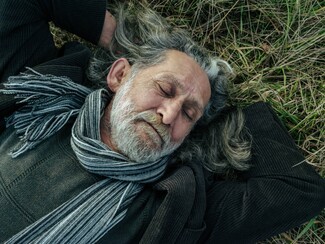
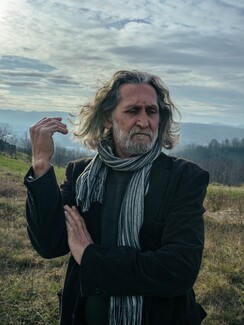
’Up until now, my body was only suffering, but like in a beautiful fairy tale, everything turned out for the best ‘
- Gábor has been painting since the 1980s. landscapes, portraits, and dream-like images of many people.
- In 1994, he received a six-month scholarship in Iceland. In the mid-nineties, after 24 years, he left the Ózd metallurgy because of the creation.
- He had been actively participating in the cultural life of his home town, Ózd; he founded and led an art school in 1998 until its closure in 2008.
- In 2012, he received the national Csokonai award for his lifelong contribution to Roma fine art.
- His works can be found in the Roma Parliament's permanent exhibition, the Hungarian Institute of Culture, and the Museum of Ethnography collections.
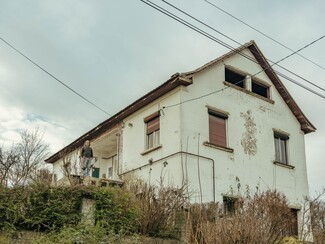
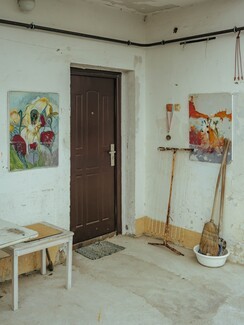
'Talent is not enough if you are a Gypsy’ - says Gabor - ‘Not in Hungary, at least.
Let me tell you a story to show my point:
- 'A few years ago, I received an invitation from the mayor of Ózd (a far-right, antigypsy politician) that I should go to his office and show him the national award I had just received for my art because, as he said it, he had never seen a national prize in Ózd. I thought he could not get his head around how a Gypsy could receive such an award. I accepted the invitation and went into his office, hoping he might give me a studio or a local grant or something.
- I showed him the award; he was looking at it from left and right; it was clear he could not understand it; then do you know what he said? That he would offer his friendship to me. – So that is how a national art award is valued in Ózd, especially if you are a Gypsy.' - As Gabor told me this tale, he was laughing. I first met him back in the nineties, when as a teenager, I had the privilege to exhibit some of my paintings alongside his more mature works. However, we have not met since we could instantly connect.’
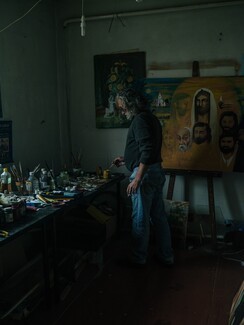
As we were chatting, he turned his attention to his paintings and started working on one of his new pictures in the small, half-lit room serving as his studio. He puts new layers on the canvas with his brush with confidence. He currently works on a more extensive painting in memory of his old friends who inspired and guided him. He wants this picture as a tableau of the Hungarian Gypsy intellectuals.
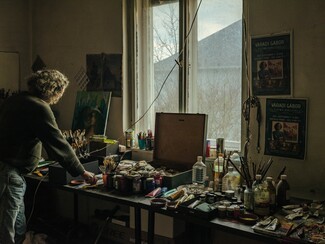
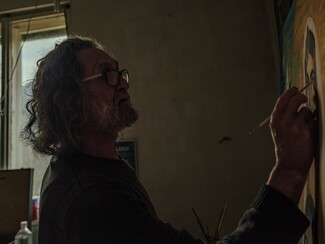

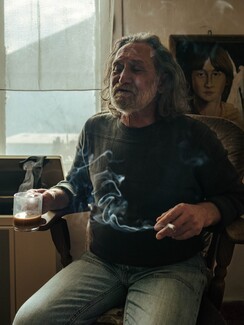
He made a coffee, lit a cigarette and continued with his tales. He talked about the tough Gypsy life he got in his town. He spoke of the metal factory (once the biggest in the region), where he worked for 24 years as a labourer while he continued painting in his spare time.
'My body and soul were suffering, but nothing could stop my desire to paint.' He smiled proudly with the face of a survivor, and I felt he had to survive everything.
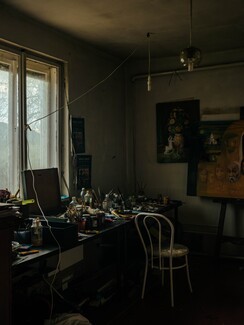
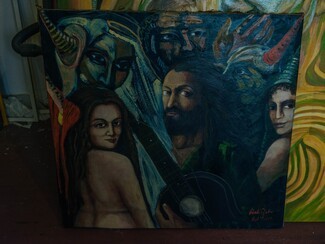
'My wife, who had been my partner since I was 19, died a few years ago. I buried my soul with her; I had two such difficult years that I almost couldn't make it through. Forty years of marriage and then two years of loneliness almost consumed me, but I persisted and did not stop believing that I got my reward for my suffering. I have recently found a new love; I am trying to build a new era’
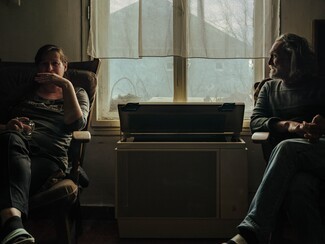
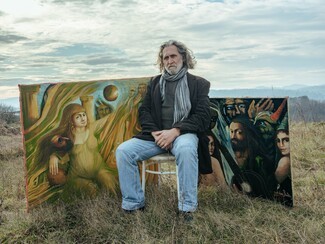
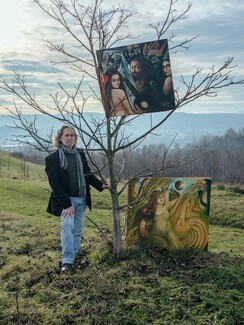
As I was setting up the portraits with Gábor, we started talking about the time we met: when I was a teenager, back in the nineties, I had the privilege to exhibit some of my paintings alongside his more mature works. That was my first exhibition, and I remembered that I had been quite shy working alongside such a big master as Gábor had appeared to me.
As I instructed him to pose to my camera, he noted my confidence and laughed at how our roles had changed.
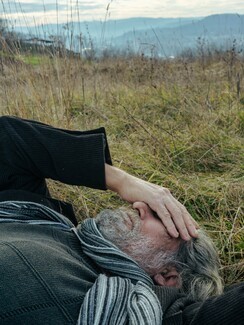
‘My work is now recognised. Not all the time and not by everyone, but I am satisfied. I can always dream freely and paint my colourful Gypsy world.'
Ózd: the forgotten industrial town where Gábor worked and grew up
- The Ózd Steelworks was one of the most critical steel production plants and metal factories in the industrial region of Northern Hungary. It also served as the largest employer of the local Gypsy population. Since the liquidation of the factory in 1992, the town's population has drastically decreased. With the factory's closure, many people moved away, hoping to make a better living elsewhere. Only older people and the Gypsy population stayed in the town. The majority of them are now unemployed.
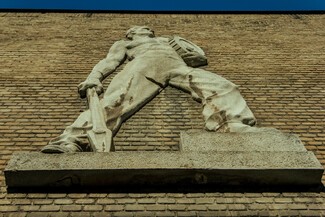
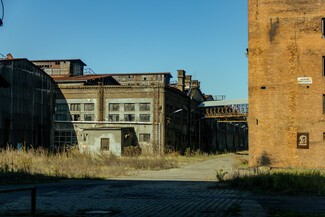
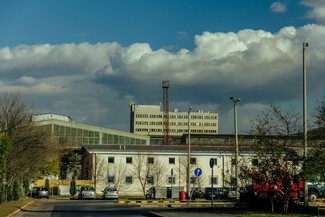
Words and photographs by Bela Varadi for TT Vision